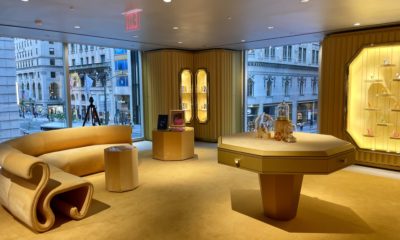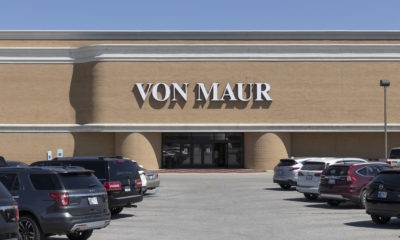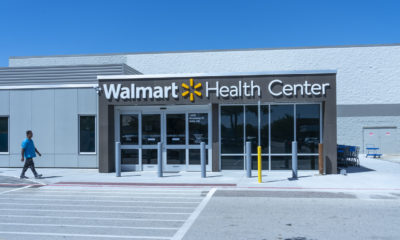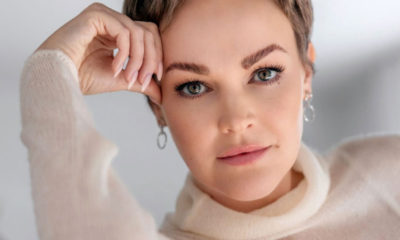Well, with apologies to Buffalo Springfield (a 1960s rock band, youngsters, including Stephen Stills and Neil Young), what is happening is exactly clear – and exactly familiar.
EuroHandel Institute (EHI, the organizers of the triennial EuroShop, which is taking place this month in Dusseldorf, Germany), has just released “Store Monitor 2004+, The Outlook for Store Design,” its in-depth research on retailing, design and shopfitting in Europe. And one of its conclusions is that European retail is being driven by two primary forces: a cost crunch and a competitive crunch.
“There is a continued demand,” said the study, “for furnishing solutions [that], in view of the ever shorter-lived trends and the faster response times these entail, build upon existent standard products despite emphasizing the individual, company-specific character of a store.”
In other words, store fixtures will have to be modular and replaceable – and probably cheaper – but still hew to retailers' design specifications and support the need for branding identity.
I remember being impressed, at the last EuroShop in 2002, how the section that housed the store fixtures, store equipment and lighting exhibitors was called EuroConcept; and the visual merchandising and p-o-p marketing pavilion was called EuroSales. In other words, visual merchandising is not viewed, in Europe, as decorative or fluff or lily-gilding – it's viewed as that which sells the merchandise.
Advertisement
Three years later, that notion has only been reinforced. According to the EHI study, “In future, store furnishings will consist to a far larger degree of largely standardized, multifunctional products [that], owing to flexible, mutually compatible components, can be adapted to the particular occasion of a presentation at any time without difficulty, to accommodate even the variation of department sizes.”
And, what EHI calls “the refurbishment cycle” is getting longer. In non-food retailing, once put in place a store concept will be expected to last for eight and a half years. This seems like a return to a previous age, when retailers demanded that fixtures be well-made and durable, not simply to serve a couple of years until management came up with new merchandising concepts.
Price pressures are also causing European retailers to drift away from contracts with suppliers and towards negotiating every new project separately – even if the supplier is a long-standing partner. “Long-standing partners, too, regularly must review their prices and terms – every order is hotly contested.”
Where, then, are European retailers spending their money? “In almost all retail sectors,” says the report, “the specific demand for the services of external planners, architects and designers has risen further.”
Also, “optimizing existing floor space and locations, and giving them a more attractive design, will be a major focus of capital spending in the coming years.” So European retailers will invest in lighting, materials, graphics and other visual elements that can periodically dress up the store environment, bringing drama, focus, entertainment, liveliness and warmth. Much of this reflects retailing emphases of 15 or 20 years ago, when visual merchandising was king.
Long live the king.
Advertisement

 Headlines2 weeks ago
Headlines2 weeks ago
 Eric Feigenbaum1 week ago
Eric Feigenbaum1 week ago
 Headlines5 days ago
Headlines5 days ago
 Headlines1 week ago
Headlines1 week ago
 Headlines2 weeks ago
Headlines2 weeks ago
 Headlines1 week ago
Headlines1 week ago
 Designer Dozen2 weeks ago
Designer Dozen2 weeks ago














